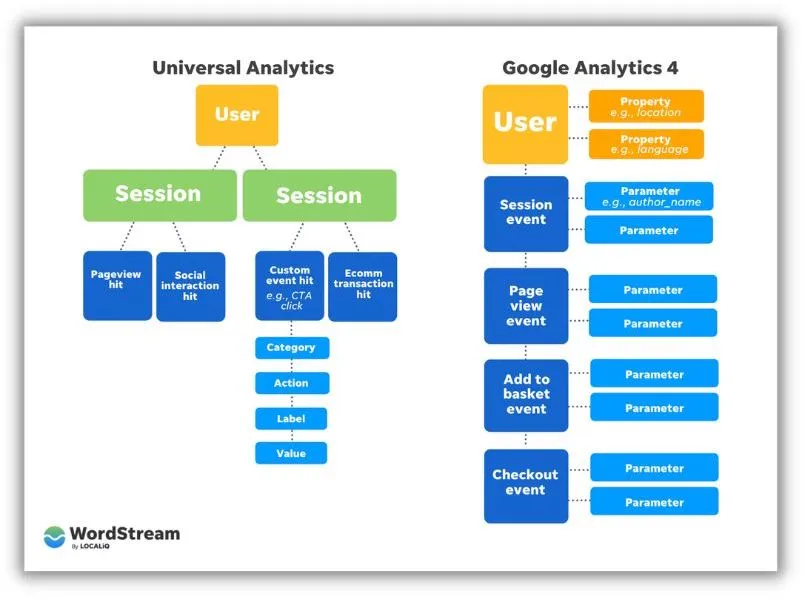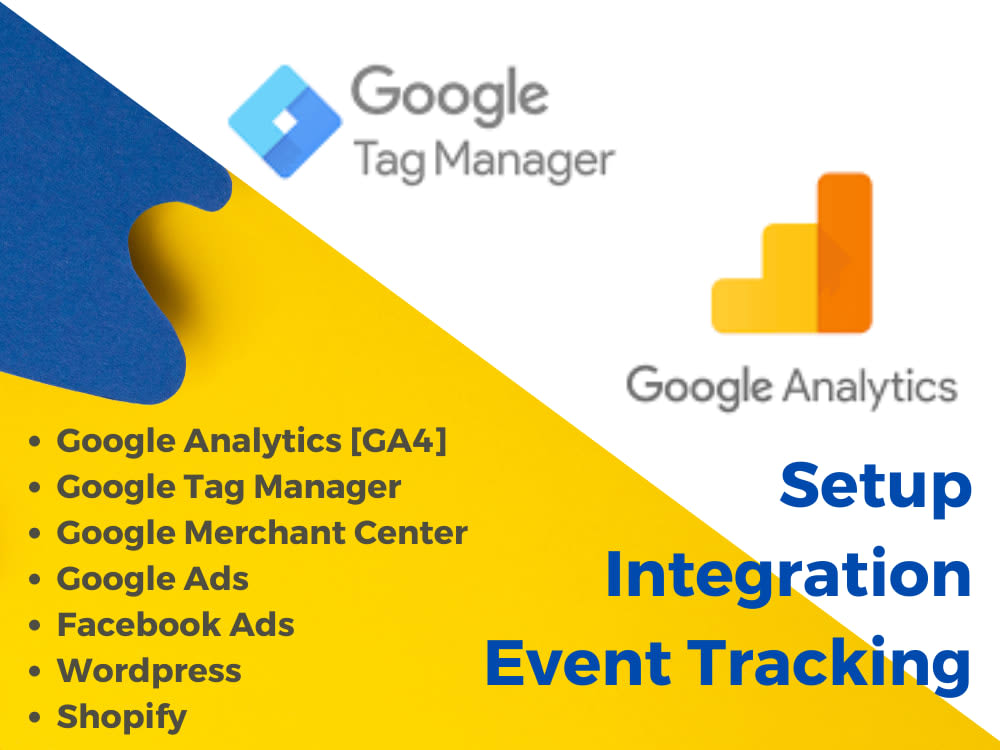Everything about Google Analytics Event Tracking
Table of ContentsGoogle Analytics Event Tracking Can Be Fun For EveryoneSome Of Google Analytics Event TrackingThe 15-Second Trick For Google Analytics Event TrackingGoogle Analytics Event Tracking Things To Know Before You BuyGoogle Analytics Event Tracking Things To Know Before You Get ThisAbout Google Analytics Event Tracking

If you're going to establish event tracking by hand, then you're going to have to include some additional code to the elements you wish to collect information from. The code you're going to work with will certainly look something similar to this: There are 4 parts within that code snippet that you're going to require to specify yourself: occasion, Group, event, Action, event, Tag and event, Value.
As you can see, two of these are required (classification and activity) while tag and value are optional. Everything depends on the kind of info you desire communicated back to Google Analytics when a customer clicks on the specified aspect (Google Analytics Event Tracking). It will certainly be a lot easier to specify these components if you evaluate your web site and make a decision which elements/actions you intend to track
Google Analytics Event Tracking Can Be Fun For Everyone
Now, you'll be asked to specify the and and you'll wish to select from the drop-down menu that appears when you click. This will certainly bring up the exact same event tracking elements we took a look at earlier, which you'll need to fill in. As soon as you have actually specified these, you can move to the 2nd box and select the trigger that will fire your tag.
On the following display, you'll also have an area for calling your trigger and, if you click the box, you'll see a checklist of the different triggers you can pick. In this situation, we wish to select and after that pick the option listed below. You'll establish the trigger to just terminate when an element is clicked with an URL that contains the.
Every internet site talks. Prior to information analytics, we couldn't hear the voices of our sites. But just how do you understand what your web find more site is claiming? Basic - Occasion tracking! Event tracking provides you an image of how users engage with your site and service (Google Analytics Event Tracking). Do you desire to understand even more? After that, continue reading as we check out every little thing you require to recognize, including what it is, why you need to track occasions, how to manage events information, and various other relevant FAQs you may have.
Some Known Facts About Google Analytics Event Tracking.
You can switch in between your event classifications, activities, and tags in the Leading Occasions report. This report is crucial for excavating even more right into study on a particular occasion category. The Event Pages record presents the web pages where events are set off. In this section, we can check out the leading web pages that drive occasions.
Events in Google helpful site Analytics have four main aspects. Google Analytics utilizes these codes to track individual interactions and group them right into occasion records (Google Analytics Event Tracking).
Select "Variables" > "Configure". A list of the specifications you can track on your web site is on the right. Under Clicks, Forms, and Videos, double-check each specification. After inspecting all needed areas, you can click "X" to close the window and return to the Overview menu on the left.
6 Easy Facts About Google Analytics Event Tracking Explained

If you haven't done so, you may need to set up a variable in the Google Analytics Setups box. After this, enter your GA monitoring ID in the Monitoring ID area.
Your ID will certainly be on top of the screen. To do this, follow the next collection of activities: After setting up the areas, pick the "Triggering" area. When configuring your brand-new trigger, click the "+" switch, after that the "pencil" button, then choose your trigger kind. Tag your trigger and specify the conditions that lead to activate firing.
The Google Analytics Event Tracking Diaries

When it familiarizes which areas and elements are guiding customers with your conversion channel, you still won't understand. So, without occasion monitoring, GA records will just count gos to as single-page sessions, even if individuals invest a lot of time on one page and engage with it considerably (and a bounce).
Exactly how does event monitoring achieve this?Single-web page sessions known as bounces begin and conclude on the very same page. Without event monitoring, GA will certainly categorize a user's see as a bounce if they don't browse to another page, no matter of how More Help they interact with it. A video-rich web page can have a greater bounce rate if events are not tracked.
The Ultimate Guide To Google Analytics Event Tracking
Nevertheless, for GA to take event hits into account when measuring bounce rates, you must pick "Non-interaction occasion" as "False" throughout the GTM configuration. Establishing "occasion goals" with event action is an outstanding method to monitor individual activities you value highly, such as new lead submissions or click a telephone call to activity.